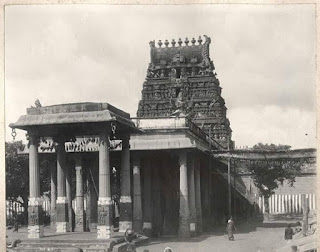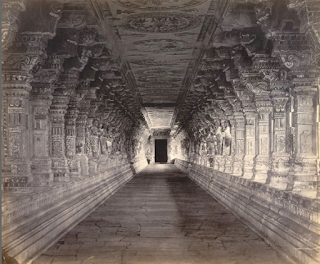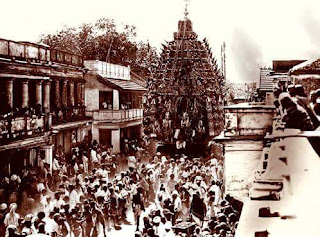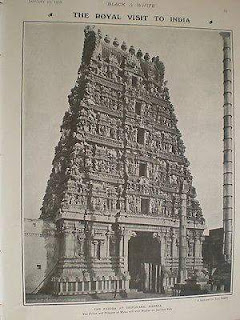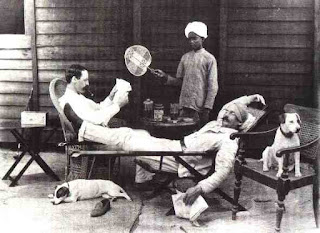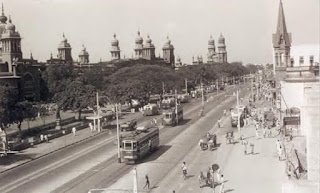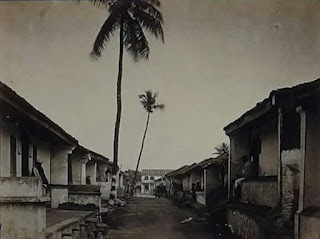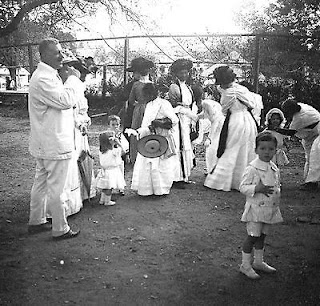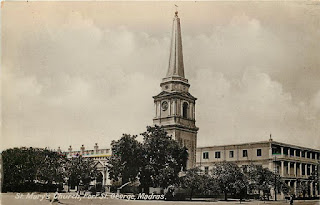Lord Clive arriving in Madras 1798 AD

When Edward Clive Governor of Madras(1798-1803) and builder of Banqueting Hall came to Madras to assume charge on 21st August 1798. A first hand account : " This evening arrived the Dover Castle, Indiaman having on board the Right Hon. Lord Clive , Lady Clive family and suite. His lordship landed about 5 O' Clock under the salute due to his rank attended by the Secretary to Government, Town major and several other staff officers who had been deputed to congratulate his Lordship on his arrival. The troops in garrison were drawn up in a street through which his Lordship passed to the Admiralty House where he received the compliments of the Gentlemen of the settlement. His Lordship afterwards proceeded to Fort Square where the commission appointing his Lordship Governor and President in council Fort St George and Commander in Chief of the forces in the Presidency were publicly read by Mr . Secretary Webbe before the Hon. Company's

